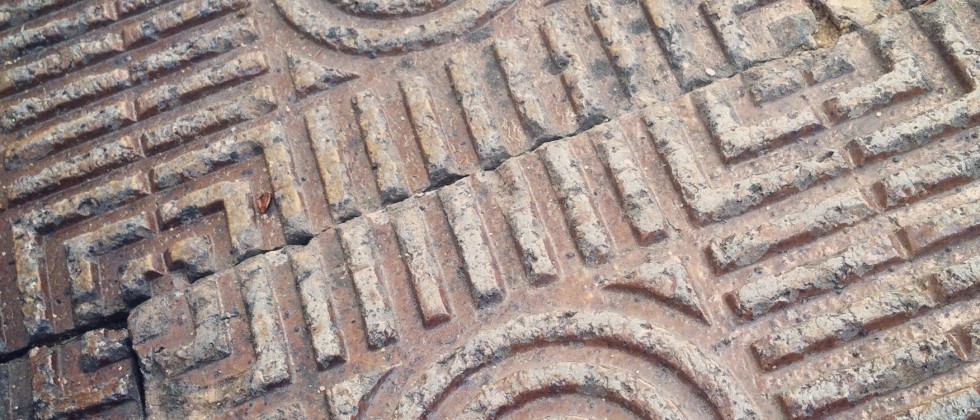
Breaking the Chains
February 26 — July 2, 2021
Reeves Museum of Ceramics
- Lenfest Center for the Arts
-
Museums
-
Visit
-
Exhibitions
- Current Exhibits
- Online Exhibits
-
Past Exhibits
- Curricular Connections: Teaching with the Museums' Collections
- We Love Life Whenever We Can
- Mother Clay: The Pottery of Three Pueblo Women
- Born of Fire: Contemporary Japanese Women Ceramic Artists
- Museum Menagerie
- Capturing Color
- The Root of the Matter
- "My Art Speaks for Both My Peoples"
- Auspicious Animals
- Chaos in Color
- Inscapes
- Breaking the Chains
- Programs and Events
- About the Museums
- Hours and Admission
-
Exhibitions
- Learn with the Museums
- Explore the Collections
- Online Museum Shop
-
Visit
- Galleries
- Japanese Tea Room
Breaking the Chains: Ceramics and the Abolition Movement
Breaking the Chains: Ceramics and the Abolition Movement explores how anti-slavery activists used ceramics decorated with eye-catching and provocative images to advocate for the end of the slave trade and slavery itself. Made between about 1775 and 1860, these pieces were designed to raise awareness of the plight of enslaved people, to give supporters a tangible way to show their commitment to the cause, and to sell to fund anti-slavery activities. They helped abolish slavery, in part because, as the author Harriet Beecher Stowe wrote, “There is no arguing with pictures and everybody is impressed with them, whether they mean to be or not.”
Watch Senior Curator of Ceramics, Ron Fuchs, as he discusses intersections of art and Abolitionism in the recording of his talk, "Breaking the Chairs: Ceramics and the Abolition Movement."
View the online exhibit.
"In the ancient world — from the horn of Africa to the Mediterranean — scenes from myths and epics were often engraved into cases to commemorate ideals preserved by the culture in question. The first image I came across on “Remember Them…” struck a deep chord in me: A kneeling Colin Kaepernick circumscribed by a halo of outward-facing bullet casings. Such an image reminds me of the memorials one sees in churches or on the sides of busy roads where the image of the deceased is engulfed in flowers, letters of love and remembrance, patron saints of objects of remembrance, or objects of appreciation. Although holy in effect, the image of Kaepernick surrounded by a hail of bullets seems like an omen—a warning of what might be, lest we lose our strength and fall down. Adjacent to Kaepernick is the image of an enslaved African women, captioned “remember them that are in bonds.” I cannot help but think of vestiges of the colonial empires of yesterday that to this day still wage war on the people who they disposed and occupied. I finally find myself confronted with a familiar message “EQUALITY” sandwiched between the great American maxim “Congress shall evoke no law…abridging the freedom of speech…or the press…” I stare at this vase, which embodies the essence of struggle, a hope that it — like the myths and epics of times past — does not lose its meaning." — Alexander Caines '21 on “Remember Them…”
In the News
Arts
- Lenfest Center for the Arts
-
Museums
-
Visit
-
Exhibitions
- Current Exhibits
- Online Exhibits
-
Past Exhibits
- Curricular Connections: Teaching with the Museums' Collections
- We Love Life Whenever We Can
- Mother Clay: The Pottery of Three Pueblo Women
- Born of Fire: Contemporary Japanese Women Ceramic Artists
- Museum Menagerie
- Capturing Color
- The Root of the Matter
- "My Art Speaks for Both My Peoples"
- Auspicious Animals
- Chaos in Color
- Inscapes
- Breaking the Chains
- Programs and Events
- About the Museums
- Hours and Admission
-
Exhibitions
- Learn with the Museums
- Explore the Collections
- Online Museum Shop
-
Visit
- Galleries
- Japanese Tea Room